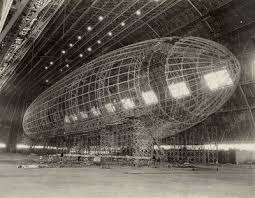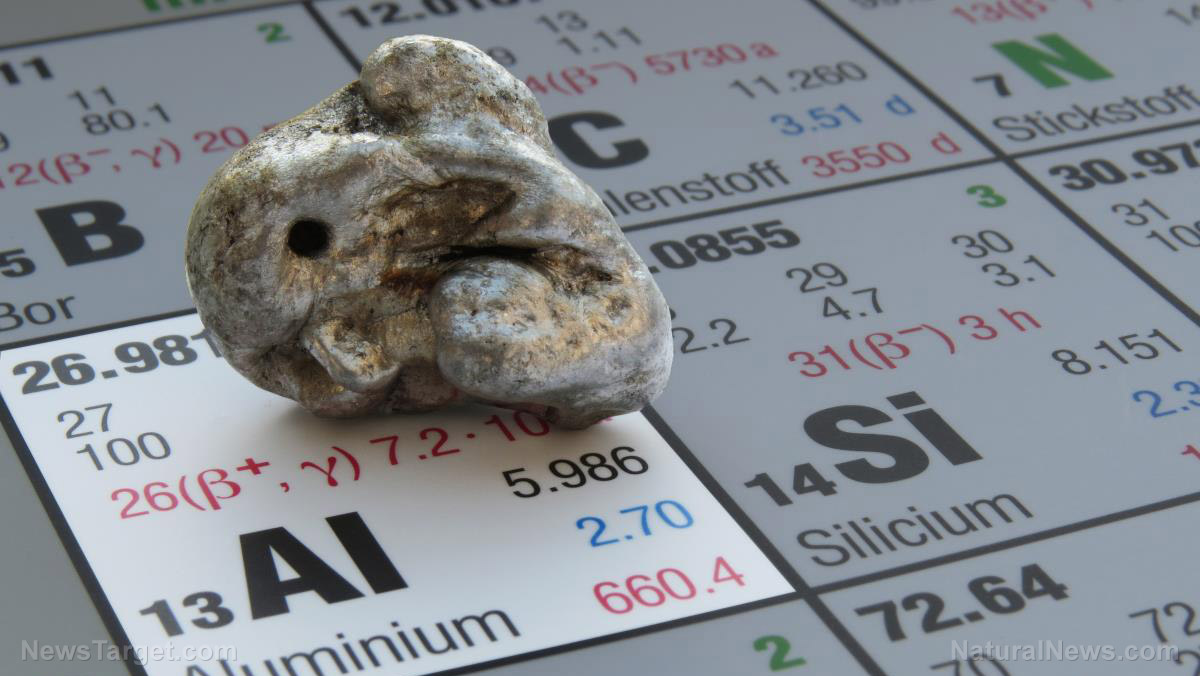.............................................................................................................................................................
In the late 1800s, aluminum was the most expensive metal in the
world. A few decades later, it was being used to build everything.
BY AVERY THOMPSON
Aluminum has been around for thousands of years,
but until fairly recently, it was very expensive and a poor building material.
 The discovery of cheaper manufacturing processes
and strong aluminum alloys that were lighter than steel completely changed entire
industries in the early 20th century.
The discovery of cheaper manufacturing processes
and strong aluminum alloys that were lighter than steel completely changed entire
industries in the early 20th century.
Real
Engineering gives a detailed history of the early uses of this wonder
material:
Aluminum was very rare until almost the end of
the 19th century, when two men, Charles Martin Hall and Paul Héroult — working
independently—discovered a new technique for making aluminum that turned
aluminum from one of the most expensive metals in the world into one of the
cheapest.
This technique, called age hardening, produced
the alloy duraluminum, which saw widespread use as a building material.
Duraluminum was used in countless applications,
and completely changed early 20th century industry.
It allowed airplanes to be built stronger and
larger, it allowed buildings to be built higher, and it allowed power lines to
be built further apart.
Much of the world in the early 20th century was
built from aluminum.
Avery Thompson
twitter.com/physicallyavery
https://www.popularmechanics.com/technology/infrastructure/a22553/how-aluminum-changed-the-world/




You
might also like:
CLICK
HERE . . . to view . . .
............................................................................................................
CLICK
HERE . . . to view . . .
............................................................................................................
CLICK
HERE . . . to view . . .
............................................................................................................
CLICK
HERE . . . to view . . .

:max_bytes(150000):strip_icc():format(webp)/scientist-wearing-surgical-gloves-holding-piece-of-aluminium-scrap-in-aluminium-recycling-plant--close-up-180404744-5a4bde94aad52b00365fc147.jpg)

No comments:
Post a Comment